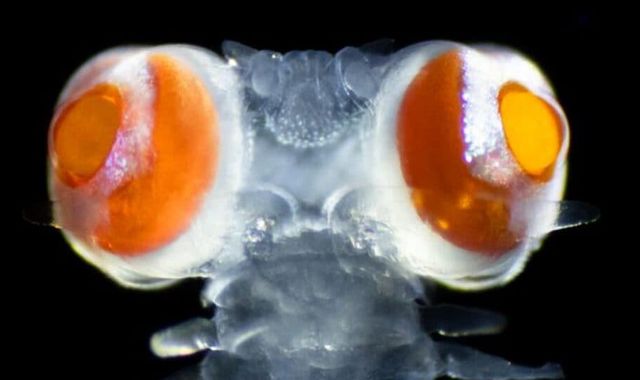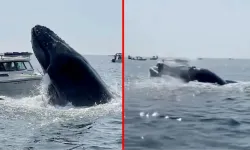Researchers suspect that the eyes of the Vanadis sea worm, found near the Italian island of Ponza, also allow the species to have a secret language that can only be seen among themselves in the dark depths of the sea.
The eyes of the nocturnal worm are so large that if human eyes were comparatively that big, we would have an extra 100 kilograms on our heads.
The worm's eyes provide "extraordinary vision" equivalent to that of mice or rats, allowing the species to see small objects and track their movements in the sea at night, the scientists said.
"This is really interesting because such an ability is usually unique to us vertebrates, along with arthropods (insects, spiders) and cephalopods (octopus, squid)," said Dr. Anders Garm from the University of Copenhagen.

"This is the first time such an advanced and detailed vision has been demonstrated outside of these groups," said Dr. Garm, a co-author of the study.
TRANSPARENT BODY EXCEPT FOR THE EYES
Scientists are trying to understand how the worm's simple nervous system performs these very complex functions.
The worm has a transparent body except for its eyes. This means that the evolutionary benefits of the eyes outweigh the consequences of making Vanadis visible to its predators.
The researchers are also not sure exactly what the large eyes are for, as these creatures are nocturnal and usually hide during the day, when eyes work best in all animals.
Dr. Gram said, "Since no one sees the worm during the day, we don't know where it hides. So we can't rule out the possibility that they use their eyes during the day," Dr. Gram said.
What we do know is that their most important activities, such as finding food and mating, take place at night. So it's likely that their eyes have an important function at night.
Scientists also found that the worm's eyes have evolved to see ultraviolet light, which is invisible to humans. This suggests that Vanadis sees bioluminescent signals in the pitch-black sea at night.
















